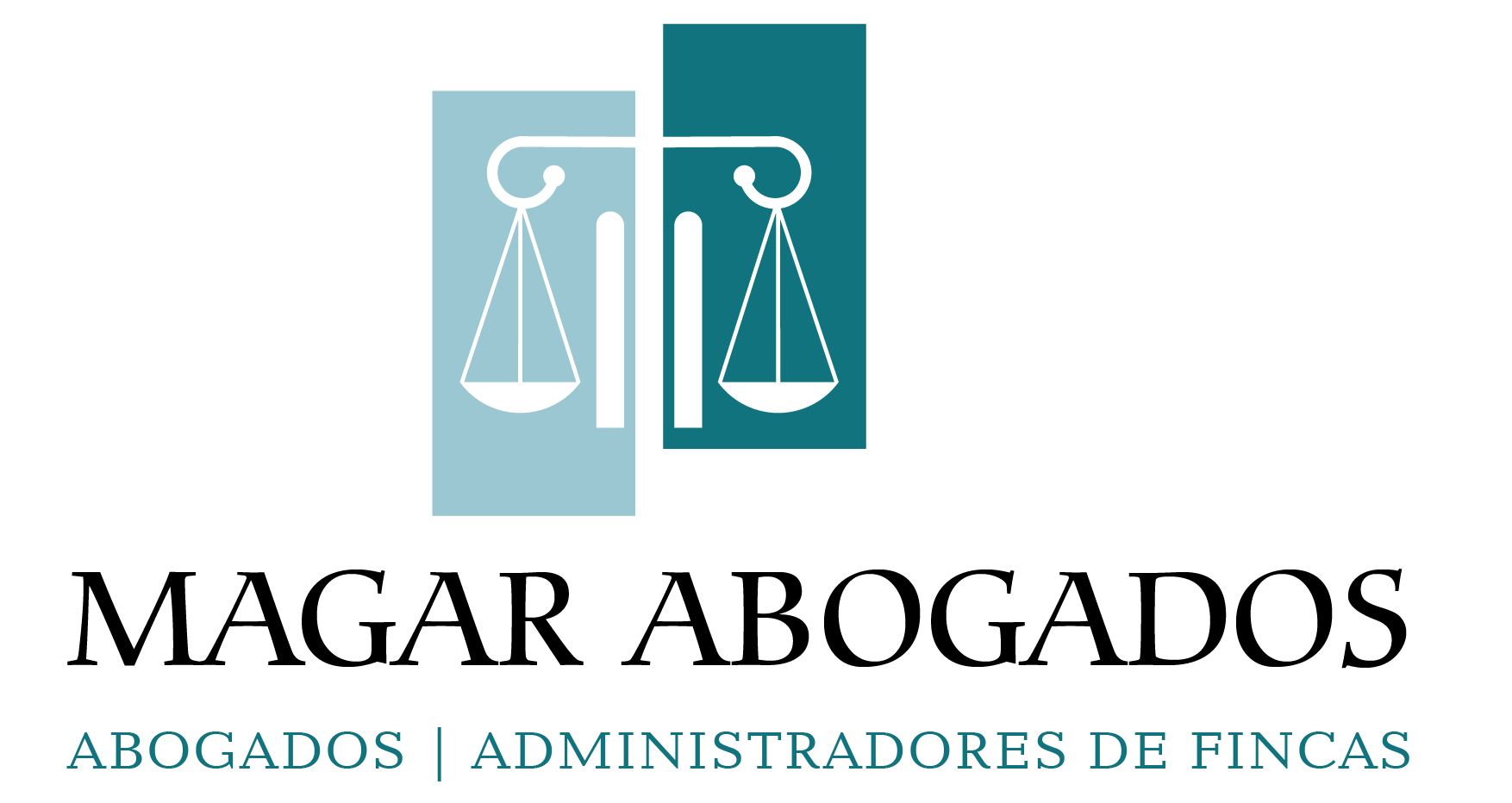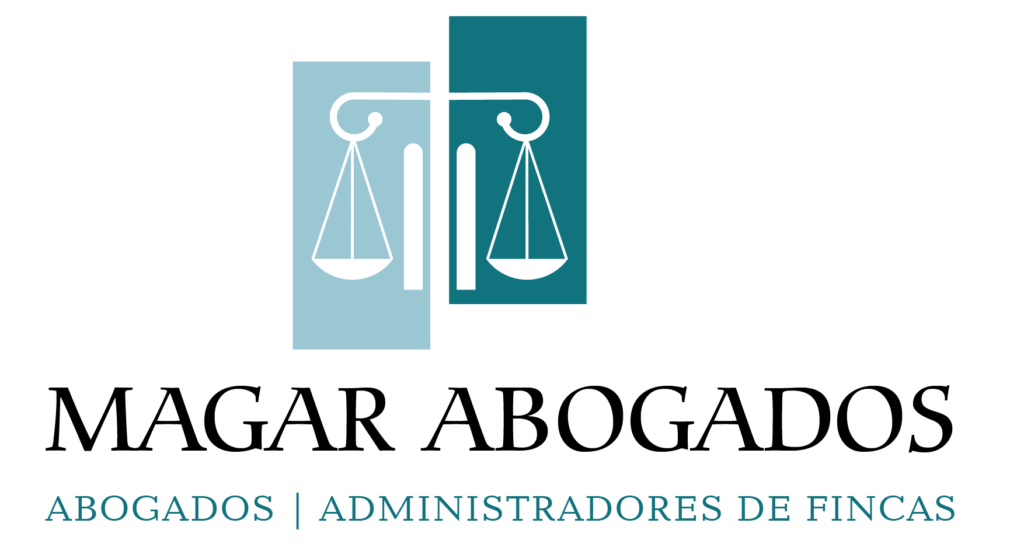
The items that are necessary for entering in the checklist are the sales invoices, purchase invoices, cheque payments, etc. And these items are the input of the checklist that you can make yours for the monthly accounting and finance. And these are the reason for which you need to own your accounting and the bookkeeping checklist. Create a payroll file sorted by payroll date and a bank statement file sorted by month. Many accounting software systems let you scan paper receipts and avoid physical files altogether.
Reconcile business accounts
Check your balances, deposits, and withdrawals to find discrepancies. Depending on the size and needs of a business, you typically do bookkeeping for them daily, weekly, monthly, quarterly or yearly. Here are different checklists containing the tasks and steps involved for each bookkeeping frequency. Additionally, recording transactions assists in preventing fraud and theft by providing a clear audit trail. Ultimately, this daily task ensures the accuracy and integrity of your clients’ financial records.
Key Daily Bookkeeping Tasks to Include in Your Checklist
- Entering inventory into your system the same day you receive it keeps your system current, giving you a more accurate look at your stock.
- Your month-end close process should include recording incoming cash, checking your AR records, and reconciling all accounts, including petty cash.
- This is also a good time to re-evaluate your collections process to see if it is effective or whether any changes need to be made.
- Task dependencies help maintain the flow of the bookkeeping process and prevent bottlenecks caused by incomplete or out-of-order tasks.
- Download the free downloadable PDF to help you keep track of your monthly bookkeeping tasks.
- You can’t know the answer if you’re not tracking your accounts payable balance.
These statements are prepared based on the records maintained throughout the year, and their effectiveness depends on the accuracy of those accounts. For example, if your vendors offer early payment discounts, schedule your payments early to take advantage of them. Otherwise, set payment reminders so you can pay your bills on time and avoid late fees.
steps to complete the month-end close process
They may not see how tracking what happened during the previous month helps them set a company up for success in the future. The petty cash fund accounts for tiny purchases that are so easy to overlook. Develop workflows that allow for automatic processing and recording of petty cash monthly bookkeeping checklist transactions. You can’t know the answer if you’re not tracking your accounts payable balance. Reconcile deposits and receipts for this fund to ensure your petty cash balance is what you expect it to be. It may be best to check this fund weekly to keep track of your small payments.

Monthly Bookkeeping Tasks
This task ensures you’ve accounted for all income and properly tracked expenses. As soon as you receive payments from customers, record them immediately in your bookkeeping software. This task keeps you from making the mistake of contacting customers who have already paid you for the same invoice. Download the free downloadable PDF to help you keep track of your monthly bookkeeping tasks. Record and categorize all monthly and annual revenue and expenses for the month so that you can keep up with the financial status of your business on a monthly basis. This includes credit card revenue transactions and individual credit card purchases.
- From checking your financial data daily to preparing year-end financial statements, healthy accounting practices make life easier.
- This includes credit card revenue transactions and individual credit card purchases.
- Financial Cents offers a user-friendly interface for efficiently managing your firm’s bookkeeping workflow.
- This report shows any overlooked additional charges, such as freight, shipping, or reimbursables, that should be invoiced to the client.
- Learn more about our full process and see who our partners are here.
- If you receive paper checks and cash payments, deposit them weekly to keep your cash flow healthy and your records up to date.
- It allows you to identify and correct any errors or discrepancies in a timely manner.
- Whether you’re a seasoned accountant or a business owner, this resource will help you navigate the process with ease.
- These tools simplify the process of recording and categorizing expenses, allowing you to issue reimbursements quickly.
- On a monthly basis, there are a few key bookkeeping processes that need to be executed for your small business clients.
Reviewing the cash position regularly helps prevent any future financial issues. For example, if you know your client only has a certain amount of cash on hand, you can be more careful about how it is spent. Maintaining financial records requires a high degree of accuracy and attention to detail. Fortunately, there are a few simple ways to stay on top of your payroll duties. Although it seems pretty obvious, this task is often overlooked, which can cause unnecessary complications or emergencies if there is no available cash to spend.
Review and follow-up on past-due accounts
Unlike your P&L, the numbers on your balance sheet get carried forward. This means that your balances consider everything from the conception of your business to now. Check for anything that doesn’t match so you can make sure you’re not missing records. Make sure you reconcile once a month minimum so you can ensure that the numbers in your accounting system are correct. If you’re struggling to keep up with your books and the month-end close process, you can outsource your bookkeeping to Bench. If you have accounting software, you can generate these reports easily and avoid a ton of manual work.
Our AI-powered transaction detection system gives access to real-time data and helps spot errors. It also automates manual tasks like financial data collection and reconciliation. Automation is the key to reducing the time and https://www.bookstime.com/ effort required for the month-end closing process. From collecting data to reconciling accounts, automation can drastically speed up workflows. It also helps reduce errors and simplifies the financial statements sharing.



